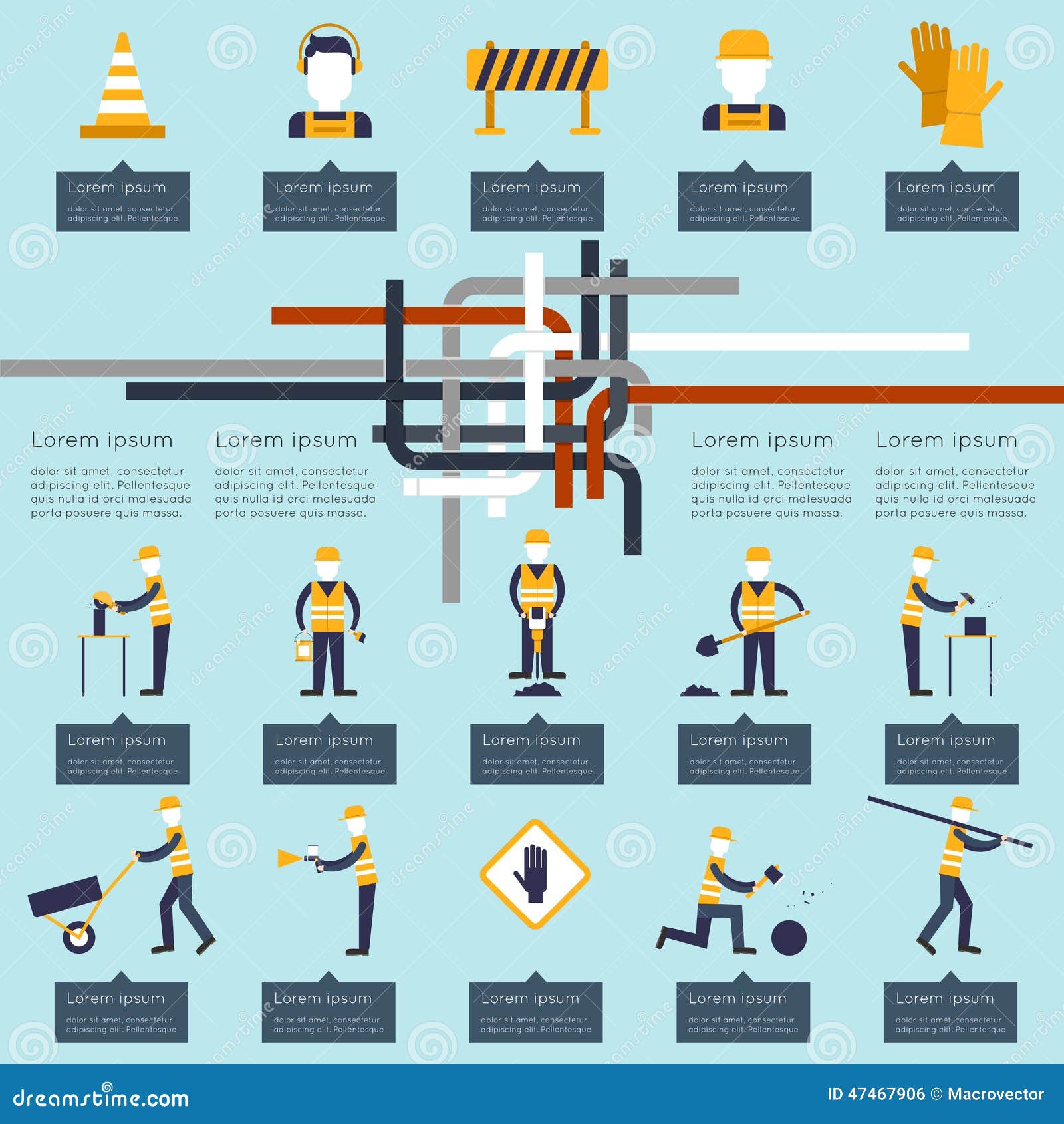The Weather Condition Plays A Critical Function In The Success Of Your Industrial Exterior Paint Job-- Uncover How It Can Significantly Influence Your Overall Outcomes
The Weather Condition Plays A Critical Function In The Success Of Your Industrial Exterior Paint Job-- Uncover How It Can Significantly Influence Your Overall Outcomes
Blog Article
Web Content Produce By-Moses Hsu
When you're preparing a business outside painting task, don't underestimate the effect of weather on your results. You need to consider factors like temperature level, humidity, and rainfall, as they can make or damage your paint task. For example, did you recognize that optimal problems require particular temperature ranges and humidity degrees? Falling short to check these aspects can bring about uneven finishes or even damage to fresh paint. Comprehending these elements is vital to achieving a resilient, professional result. So, what certain climate condition should you be wary of?
Temperature Considerations
When it pertains to industrial external painting, temperature plays an essential role in the result of your project. If you're repainting in extreme heat, the paint can dry out also quickly, bring about problems like poor attachment and uneven finishes. You want to aim for temperature levels between 50 ° F and 85 ° F for the very best results. Listed below 50 ° F, paint may not treat appropriately, while above 85 ° F, you take the chance of blistering and splitting.
Timing your job with the appropriate temperature levels is essential. Start your work early in the early morning or later on in the mid-day when it's cooler, especially throughout warm months.
Additionally, consider the surface area temperature; it can be dramatically more than the air temperature level, especially on sunny days. Utilize a surface thermometer to inspect this prior to you start.
If temperatures are unforeseeable, keep an eye on the weather report. Abrupt temperature level decreases or heat waves can thwart your strategies. You do not wish to start repainting only to have the conditions change mid-project.
Humidity Degrees
Moisture degrees significantly affect the success of your business outside painting task. When the moisture is too high, it can impede paint drying and healing, resulting in a series of issues like inadequate adhesion and end up top quality.
If you're preparing a work during moist problems, you could find that the paint takes longer to completely dry, which can expand your task timeline and boost prices.
Alternatively, low moisture can also present obstacles. Paint may dry also rapidly, stopping proper application and causing an irregular surface.
You'll wish to monitor the humidity levels carefully to ensure you're working within the ideal range, commonly in between 40% and 70%.
To obtain the most effective outcomes, take into consideration using a hygrometer to determine humidity before starting your task.
If you find the degrees are outside the ideal variety, you might need to adjust your schedule or pick paints designed for variable conditions.
Always get in touch with the producer's standards for certain recommendations on humidity tolerance.
Rainfall Effect
Rainfall or snow can substantially interrupt your commercial outside painting strategies. When rainfall happens, it can get rid of freshly applied paint or develop an unequal finish. Ideally, you want to select days with dry weather to make certain the paint sticks correctly and remedies properly. If you're caught in a shower, it's finest to halt the task and wait on conditions to improve.
Additionally, snow can be even more damaging. Not just does it create a wet surface area, but it can additionally lower temperatures, making it difficult for paint to completely dry. This can cause concerns like peeling off or blistering down the line.
It's vital to examine the weather report prior to starting your task. If rain or snow is predicted, take into consideration rescheduling.
Constantly bear in Read the Full Content to permit ample drying out time in between layers, particularly if the weather remains uncertain.
Verdict
In conclusion, keeping an eye on the weather is necessary for an effective business exterior paint job. By keeping track of temperature level, humidity, and precipitation, you can guarantee the very best conditions for application and treating. Keep in mind to intend your work around beneficial weather and always adhere to manufacturer standards. With the right method, you'll attain a durable, attractive finish that can endure the elements. Don't let the climate capture you off-guard-- stay educated and paint smart!
